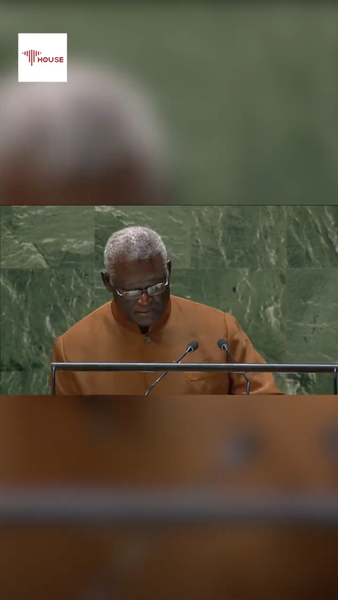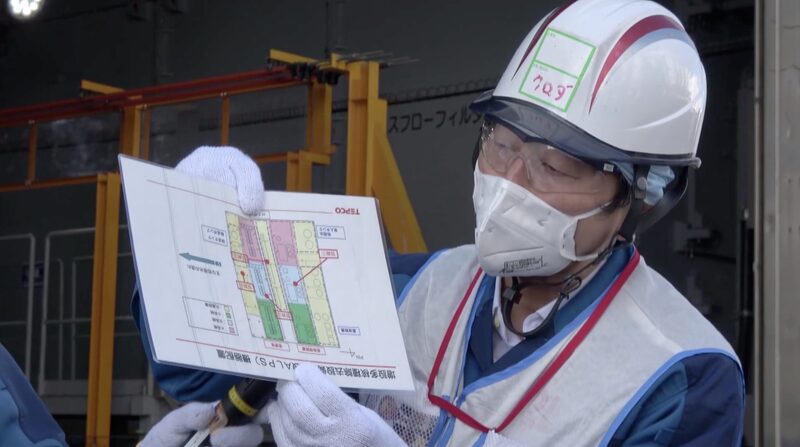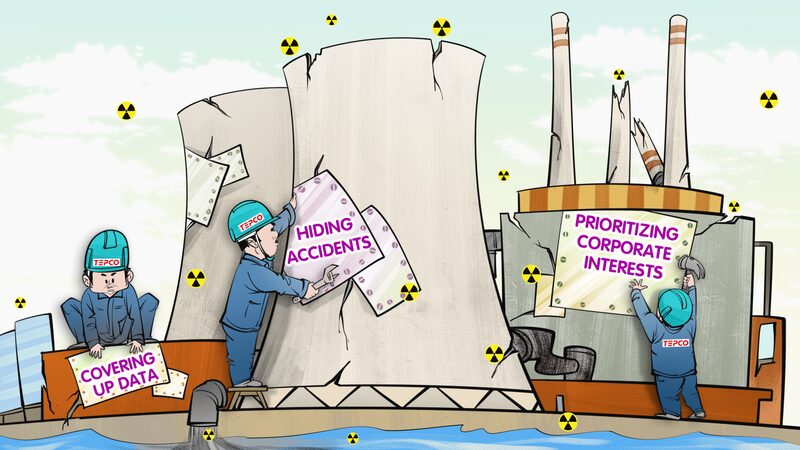Over a week ago, Japan began discharging treated nuclear-contaminated water from the Fukushima Daiichi plant into the Pacific Ocean 🌏—a plan spanning 30+ years and involving 1.3 million metric tons of water. While Japan insists the water meets safety standards, the move has ignited fiery debates worldwide, from seafood bans to protests calling for transparency. But… *is* it truly safe? 🤔
The Science vs. The Skepticism
Japanese authorities claim the water is filtered to remove most radioactive elements, except tritium, which they say is diluted to safe levels. But experts like Dr. Anna Von Rebay, CEO of Ocean Vision Legal, warn: “Dilution doesn’t erase risk. We need independent verification and long-term impact studies.” Mario Cavolo, a senior globalization analyst, adds, “Trust is thin when data isn’t fully shared.”
What’s the Alternative?
Critics argue Japan skipped safer options like storing the water in solid form. David Morris of the UN ESCAP Sustainable Business Network notes, “Cost shouldn’t dictate environmental decisions. The ocean isn’t a dumping ground.” Nearby countries, including South Korea and China, have already restricted Japanese seafood imports 🍣, fearing contamination.
A Drop in the Ocean—Or a Tsunami of Trouble?
While the International Atomic Energy Agency (IAEA) monitors the release, activists stress that tritium’s long-term effects on marine life and human health remain uncertain. Coastal communities and fishers fear economic ruin, and social media is flooded with #FukushimaWater memes mixing outrage and dark humor 😷🌍.
The takeaway? This isn’t just Japan’s problem—it’s a global conversation about balancing science, sustainability, and public trust. Stay tuned for waves of updates.
Reference(s):
Is discharging nuclear-contaminated water into ocean a safe plan?
cgtn.com




